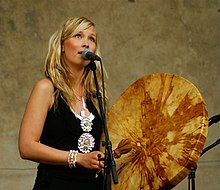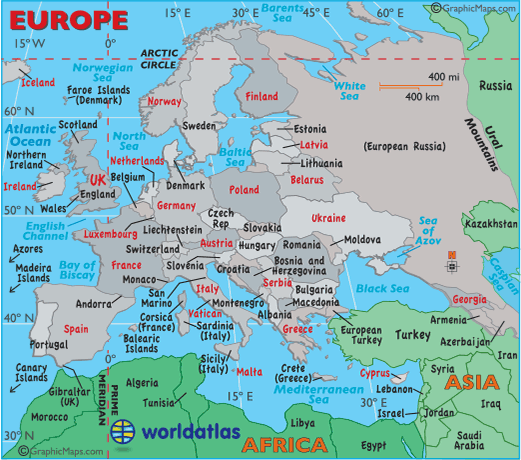This was the only source I used, it had everything I needed.
http://en.m.wikipedia.org/wiki/Sami_people
Tuesday, May 6, 2014
References
Sunday, May 4, 2014
Religion Of Sami People
The Sami people believe in Shamanism. Shamanism is thought that one can reach an ultimate level of consciousness in a sense. A high level of spirit connection. A shaman is a person is regarded to having access to the spirit world.
There are three important aspects of shamanism, animism, shamanism and polytheism. Animism is the belief that anything significant in value had or has a soul. Polytheistic people believe that there are multiple spirits that are coming into contact with at the same time.
Clothing of Sami People

Reindeer Husbandry of Sami People

Music Of Sami People

Sunday, April 27, 2014
Neighbors of the Sami People
 The neighboring countries of the Sami people really is just Europe. Norway, Sweden, and Finland are part of a peninsula so there is not much conflict with the sami people.
The neighboring countries of the Sami people really is just Europe. Norway, Sweden, and Finland are part of a peninsula so there is not much conflict with the sami people.
Birds of the Sami People

Saturday, April 26, 2014
Cosmos of the Sami People

Wednesday, April 2, 2014
Homeland of Sami People
Finland is a Nordic country inside northern Europe. Finland was settled at in 8500 BCE around the stone age which is to be considered very late for a region of the world to be inhabited.
Throughout the Sami peoples existance they've inhabited a lot of different places some of these places being: Sweden, Finland (already mentioned) and the kola peninsula of russia.
To help you better understand these places that the sami people chose to reside I will explain in better detail about the places. Sweden is a Scandinavian country in northern Europe. Sweden borders Norway and Finland and is connected to Denmark.
Kola peninsula is on the northwest side of russia. There is a similar peninsula the north side of kola peninsula, and it had alreadt been in settled on in 7th-5th millennium BCE.


